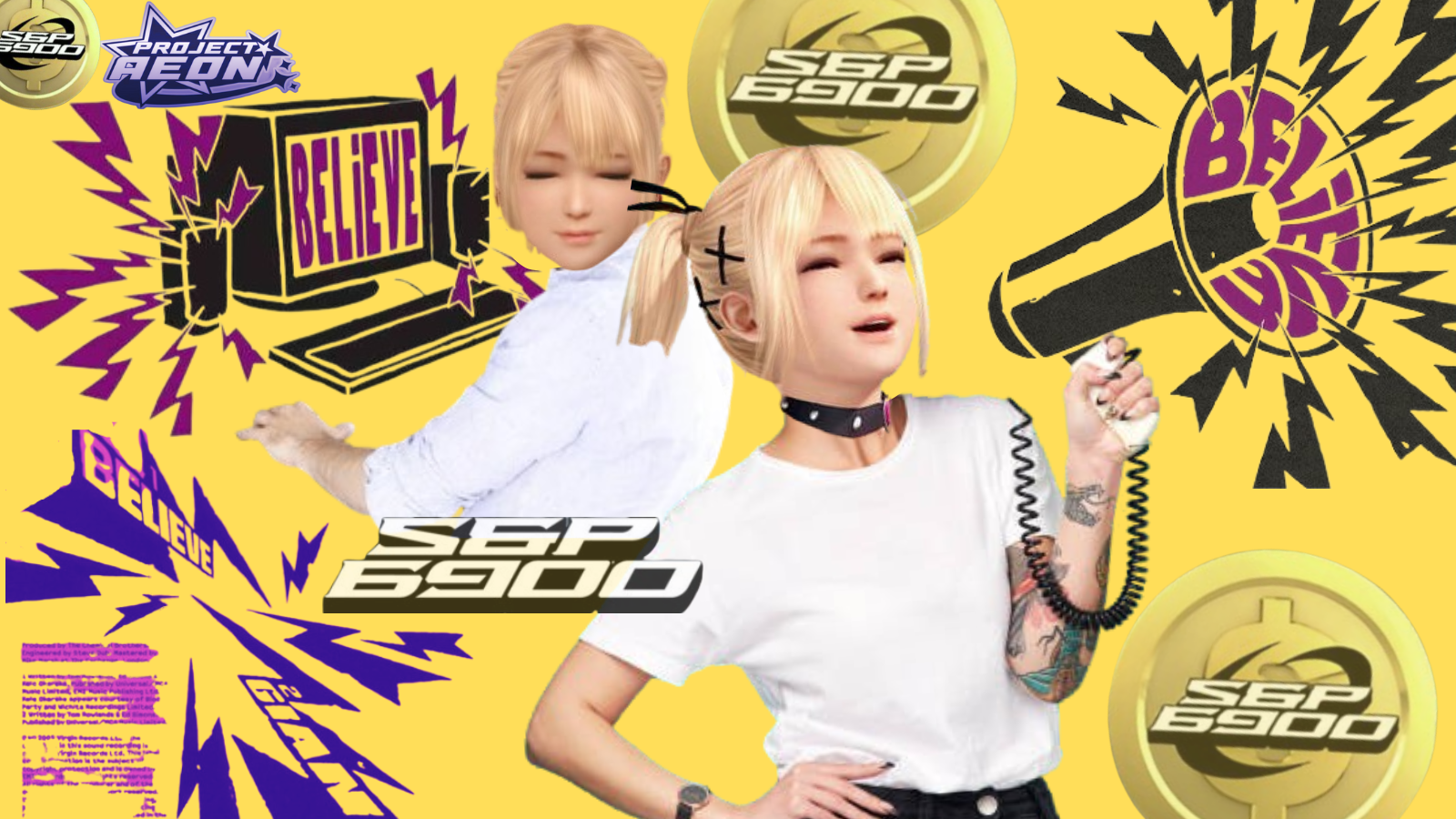A secure cryptocurrency wallet is crucial for those investing in the growing cryptocurrency market. Technically, crypto wallets are pieces of software that enable users to send and receive digital currencies, like Bitcoin (BTC), Ether (ETH) and Litecoin (LTC).
Cryptocurrency wallets are typically used to store multiple coins and tokens at once. However, most wallets only support a limited number of digital currencies. These wallets can come in the form of hardware (much like a flash drive) that can be connected to the internet as needed or digital storage (like a banking app) that can be accessed on a device.
To ensure security, cryptocurrency wallets store codes called private keys that need to match with a public key before the wallet owner can spend their money. Trust Wallet is an example of such a wallet.
It allows users to control and access their digital assets and provides support to more cryptocurrencies than some of its competitors. Trust Wallet is also a non-custodial cryptocurrency wallet, which means that users are the sole owners of their cryptocurrencies and have complete control over their funds.
What is a Trust Wallet?
Trust Wallet is a decentralized, non-custodial, multi-cryptocurrency wallet application that allows users to fully control digital assets like cryptocurrencies and nonfungible tokens (NFTs). Trust Wallet is Binance’s official cryptocurrency wallet and provides support for 65 blockchains and access to over 4.5 million crypto assets.
Unlike most centralized wallets, Trust Wallet includes access to decentralized applications (DApps), allowing users to interact with DApps across supported blockchains safely. Trust Wallet aims to make cryptocurrency more accessible for everyone by enabling users to buy, send, receive, stake, trade and store cryptocurrencies.
In addition, Trust Wallet is a hot wallet. As long as there’s an internet connection, the wallet can be accessed via a secure connection online. This is in contrast to a cold wallet that largely stays offline and only goes online as needed.
Some of the key features of Trust Wallet are:
- Multi-cryptocurrency support: As mentioned, one of Trust Wallet’s key advantages is that it supports multiple cryptocurrencies, unlike most wallets that only support ERC-20 tokens
- Flexible purchases: Trust Wallet allows users to buy cryptocurrencies from third-party platforms such as Wyre, MoonPay, Simplex and others
- NFT wallet: It is also an NFT wallet, which means that users can buy, sell and store NFTs. Users can also trade NFTs from their mobile devices through the Trust Wallet app
- Staking and rewards: Users can use Trust Wallet to stake selected cryptocurrencies and earn rewards
- Easy inter-wallet transfers: Users can transfer cryptocurrencies from other wallets to Trust Wallet using a secret recovery phrase, private key or Keystore file
- Flexible fees: Trust Wallet can be used for free and does not require a subscription. It doesn’t charge fees for swaps or transactions in-app. However, users need to pay the corresponding network fee, which may vary depending on network congestion.
How does Trust Wallet work?
Trust Wallet creates a bridge between blockchains and their respective nodes. Every blockchain includes its own set of public addresses, where cryptocurrencies are encrypted and kept safe. Since it’s decentralized and noncustodial, it doesn’t hold or control users’ cryptocurrency, it just provides access to it.
The Trust Wallet app operates exclusively on mobile devices. As such, every supported blockchain is readily accessible once a user downloads the application on an Android or iOS device. The application does not keep any information about its users to ensure privacy. All contact information is kept only between transacting parties — Trust Wallet doesn’t disclose user information to third parties.

Its built-in DApp browser allows users to access Ethereum-based and BNB Chain-based DApps. Users can directly use these DApps using the Trust Wallet app without needing to sign up for each DApp. In addition, Trust Wallet vets all accessible DApps to ensure that only the trustworthy ones are made accessible to its users. Supported DApps include Uniswap, PancakeSwap and OpenSea.
What is a Trust Wallet used for?
Trust Wallet can be used in a variety of ways. Aside from storing cryptocurrencies, users can do multiple things.
Buy cryptocurrencies
Can one purchase cryptocurrency on Trust Wallet? Yes, definitely. Users can buy over 60 cryptocurrencies with fiat money using a credit or debit card. However, users can also purchase directly from centralized exchanges to reduce the fees incurred from these cards.
Stake cryptocurrencies
Can one stake cryptocurrencies on Trust Wallet? The answer is also yes. Users staking cryptocurrency from Trust Wallet may also earn interest on their holdings. There are various options for staking on the app, including BNB (BNB) and Kava (KAVA).

Exchange cryptocurrencies
The platform also has a built-in decentralized exchange (DEX) that can be used for cross-chain swappings, such as swapping BEP-2 for BEP-20 tokens. Network fees may be incurred depending on each corresponding network’s current activity.
Stablecoin and NFT support
Other than built-in DEX, Trust Wallet also lets users store stablecoins and spend them in a secure app environment. Users can also manage their NFTs and game assets on Trust Wallet, with the app fully supporting Ethereum and BNB Chain NFTs.
How to use the Trust Wallet app?
Before setting up an account, users should download and install Trust Wallet on their mobile devices. The app is readily available for download and free on Android and iOS.
Create a Trust Wallet account
After installing the app, simply select “Create New Wallet” and go through the Privacy Policy and Terms of Service. Click “Accept” if you agree, then “Continue.” Users will then be prompted to create a six-digit password, which will serve as one’s secret security code to access the wallet. This code must be kept securely and never shared with anyone else.
The wallet should then be backed up to ensure that it is recoverable if the mobile device it’s currently on gets lost or compromised. The wallet is non-custodial, so this is a crucial step that each user must take. Trust Wallet cannot help a user retrieve a lost wallet in the event of loss or theft because they do not have access to user data.
Check the three boxes concerning the backup to indicate agreement. Click “Continue.” A 12-word recovery phrase will then appear on-screen, which the user should write down or keep in a secure location. Click “Continue” once done.
The user will then be prompted to click the words in the recovery phrase in the right order to ensure that the user has correctly copied the phrase. Click “Done.”
Add funds to your Trust Wallet account
Select a coin or token for purchase from the Buy Menu on the main wallet screen. The user will then be connected with a third-party provider. Verify the fees related to the transaction; these are purchased with fiat money, so a preferred payment method needs to have been set up before the purchase. Tap “Confirm” and wait for the funds in the designated wallet address.
What are the pros and cons of Trust Wallet?
Aside from the advantages and key features that were previously mentioned, one of the app’s most significant pros is its user-friendly interface, allowing even beginner users to use the app conveniently.
Since the Trust Wallet team’s goal is to provide people with better access to cryptocurrencies in a secure, non-custodial manner, it is feature-rich. It allows users to perform a variety of actions through one single app.
However, there are some cons attached too. One of these is limited customer support, as the team is only available via e-mail and not through more direct channels like chat or direct line. The app also does not currently support hardware wallets for offline storage, although Trust Wallet claims this is part of its intended future developments.
Read More: cointelegraph.com









 Bitcoin
Bitcoin  Ethereum
Ethereum  XRP
XRP  Tether
Tether  Solana
Solana  Dogecoin
Dogecoin  USDC
USDC  Cardano
Cardano  Lido Staked Ether
Lido Staked Ether  TRON
TRON  Avalanche
Avalanche  Sui
Sui  Wrapped stETH
Wrapped stETH  Chainlink
Chainlink  Toncoin
Toncoin  Shiba Inu
Shiba Inu  Stellar
Stellar  Wrapped Bitcoin
Wrapped Bitcoin  Polkadot
Polkadot  Hedera
Hedera  WETH
WETH  Bitcoin Cash
Bitcoin Cash  Uniswap
Uniswap  Pepe
Pepe  LEO Token
LEO Token  Hyperliquid
Hyperliquid  Litecoin
Litecoin  Wrapped eETH
Wrapped eETH  NEAR Protocol
NEAR Protocol  Internet Computer
Internet Computer  Ethena USDe
Ethena USDe  USDS
USDS  Aptos
Aptos  Aave
Aave  Mantle
Mantle  Bittensor
Bittensor  Virtuals Protocol
Virtuals Protocol  POL (ex-MATIC)
POL (ex-MATIC)  Cronos
Cronos  Ethereum Classic
Ethereum Classic  Render
Render  Artificial Superintelligence Alliance
Artificial Superintelligence Alliance  MANTRA
MANTRA  Arbitrum
Arbitrum  Tokenize Xchange
Tokenize Xchange  Ethena
Ethena  WhiteBIT Coin
WhiteBIT Coin